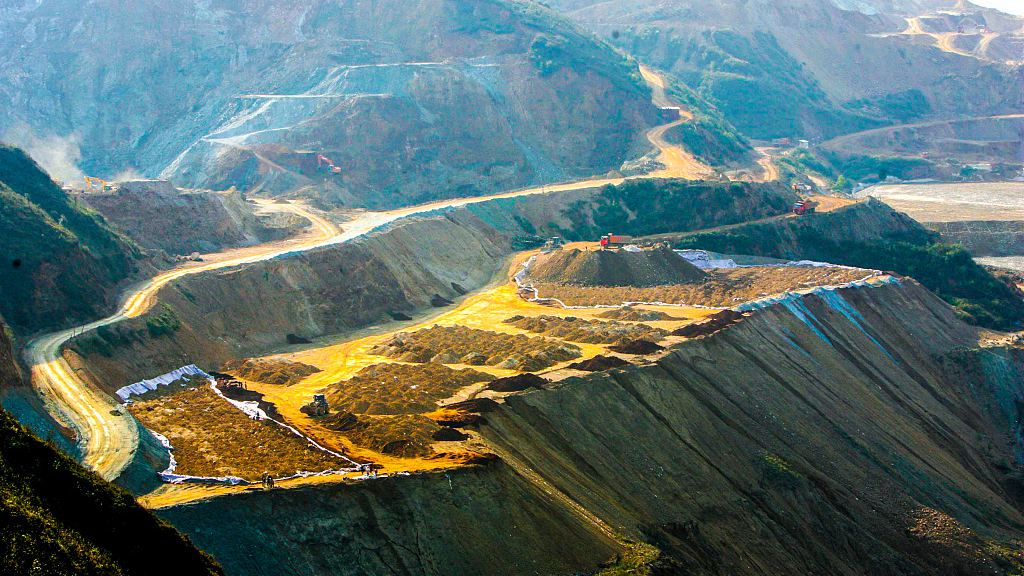
A rare-earth mine in southwest China's Yunnan Province. /CFP
A rare-earth mine in southwest China's Yunnan Province. /CFP
Chinese scientists, who have developed a greener and more efficient mining technique to recover rare-earth elements (REEs) from weathering crusts, expect to advance the application of the new technique for the sustainable harvest of natural resources, according to a scientific evaluation meeting in Meizhou City, south China's Guangdong Province.
Ion-adsorption rare-earth deposits are a primary repository of heavy REEs. These deposits are currently mined via the ammonium-salt-based leaching technique leading to severe environmental damage with a low recovery rate.
To address the problem, a research team led by He Hongping from the Guangzhou Institute of Geochemistry, Chinese Academy of Sciences, has designed an innovative REE mining technique called electrokinetic mining (EKM), which enables the green, efficient and selective recovery of REEs from weathering crusts.
The feasibility of EKM was demonstrated by He's team via laboratory-scale, scaled-up and field-scale experiments last year. Now, they have launched the first industrial trial and successfully built a demonstration project with 5,000 tonnes of soil.
Compared with conventional techniques, the EKM technique achieves a 30-percent increase in recovery rate, an 80-percent decrease in leaching agent usage, a 70-percent decrease in mining time, a 70-percent reduction in metallic impurities in the obtained REE leachates and a 90-percent decrease in ammonium emissions, according to the team.
It has published 11 papers based on the results in Nature Sustainability and other journals.
Further efforts will be made to accelerate the industrial application of the relevant result.
Source(s): Xinhua News Agency